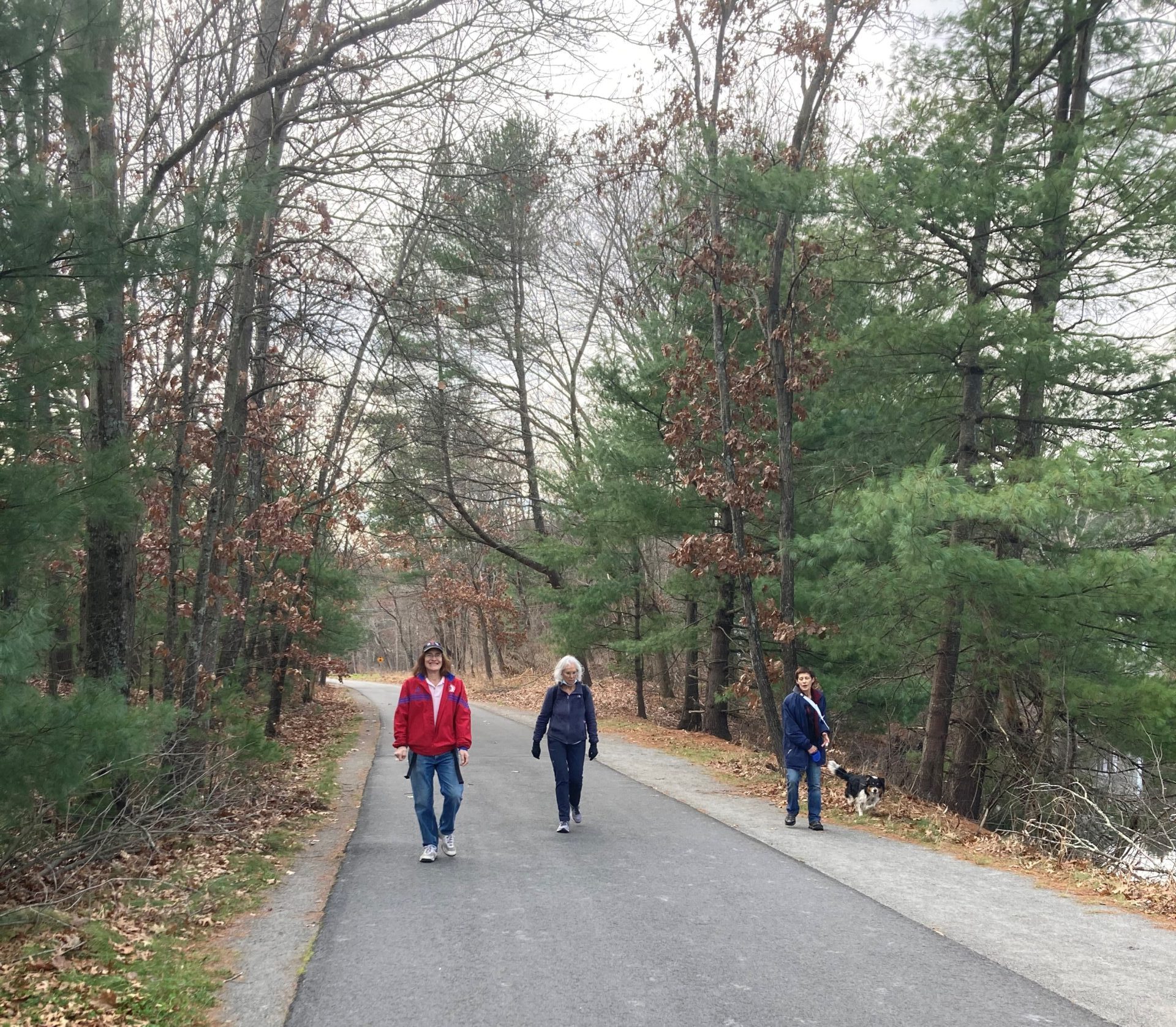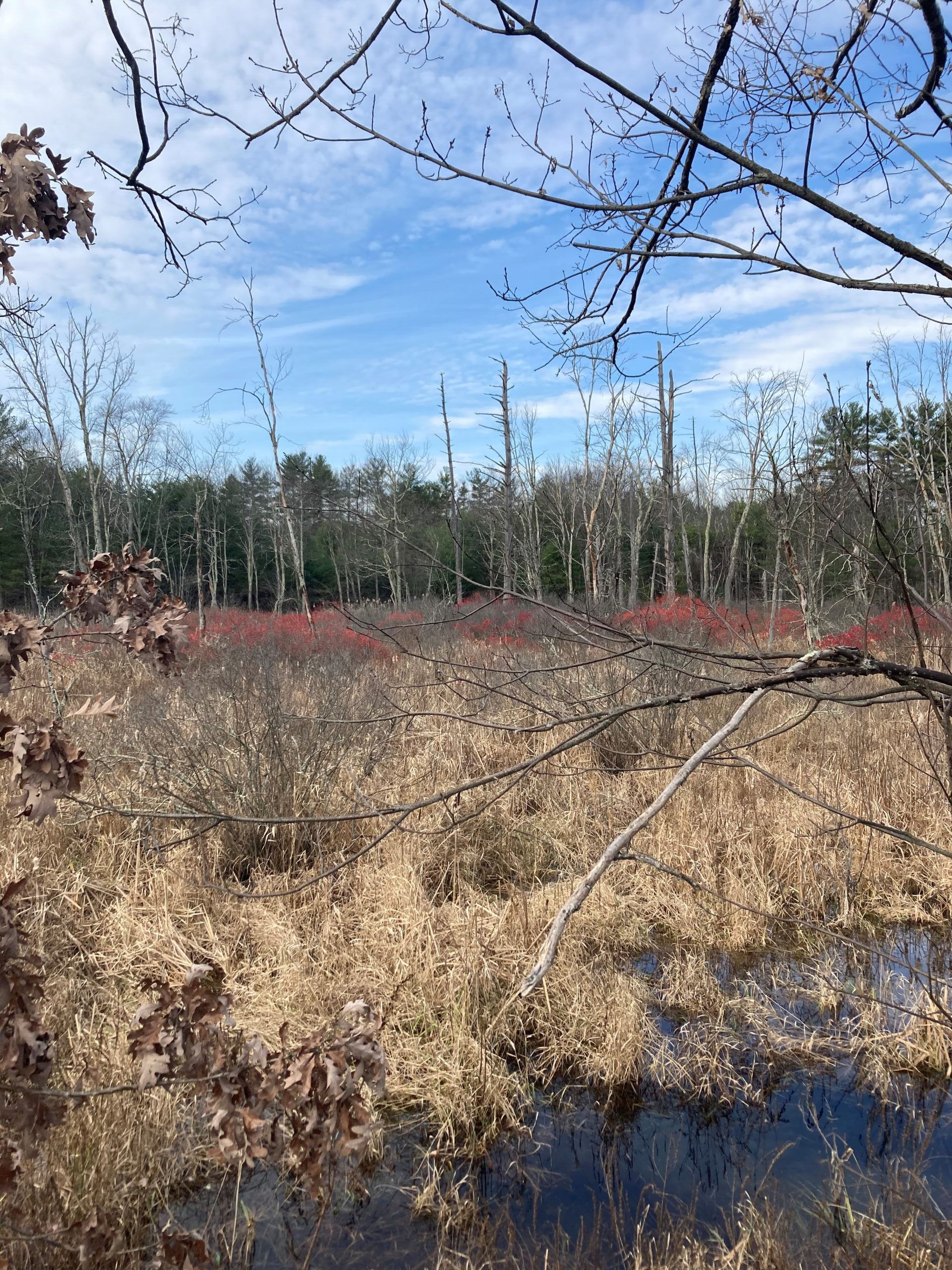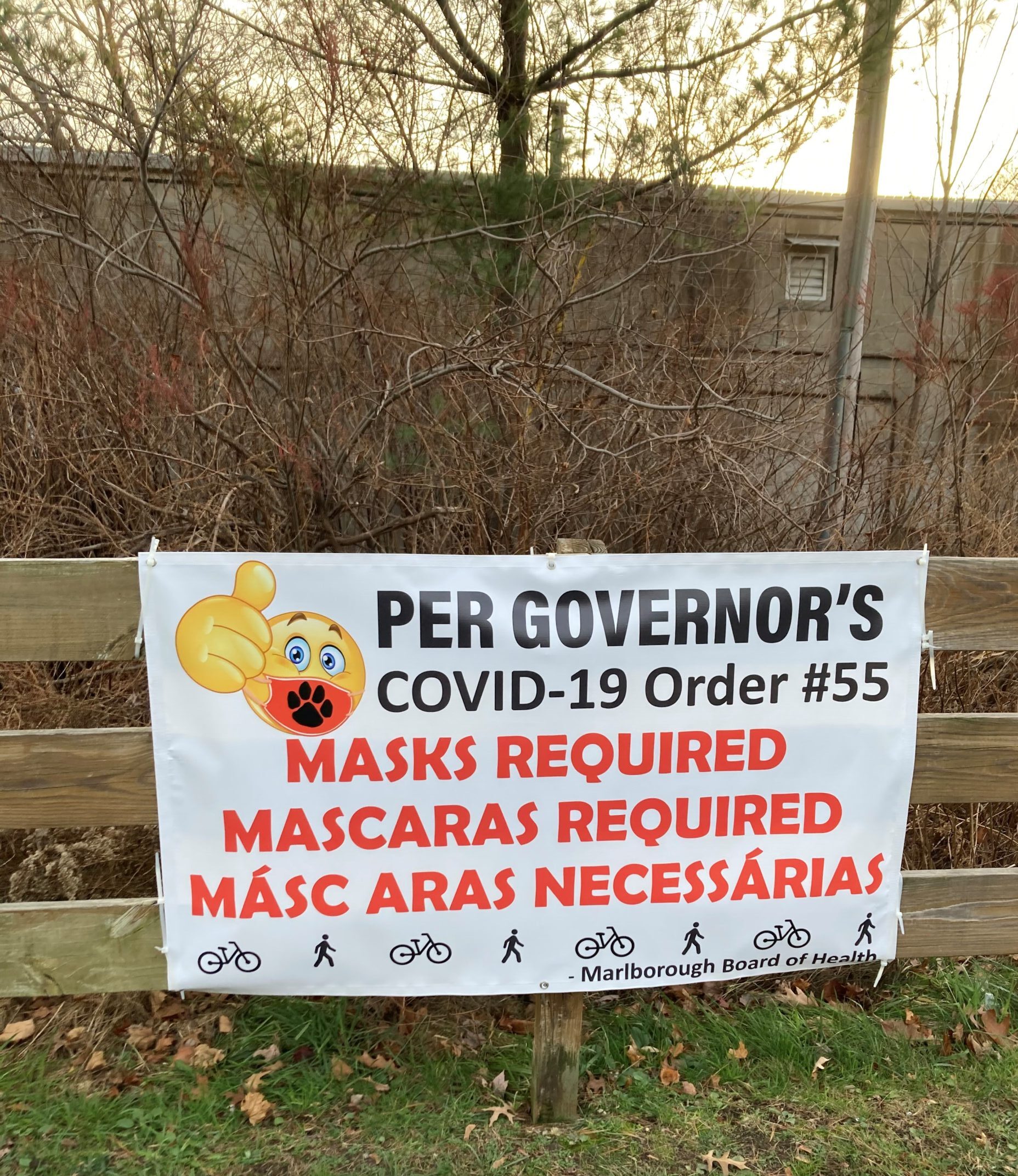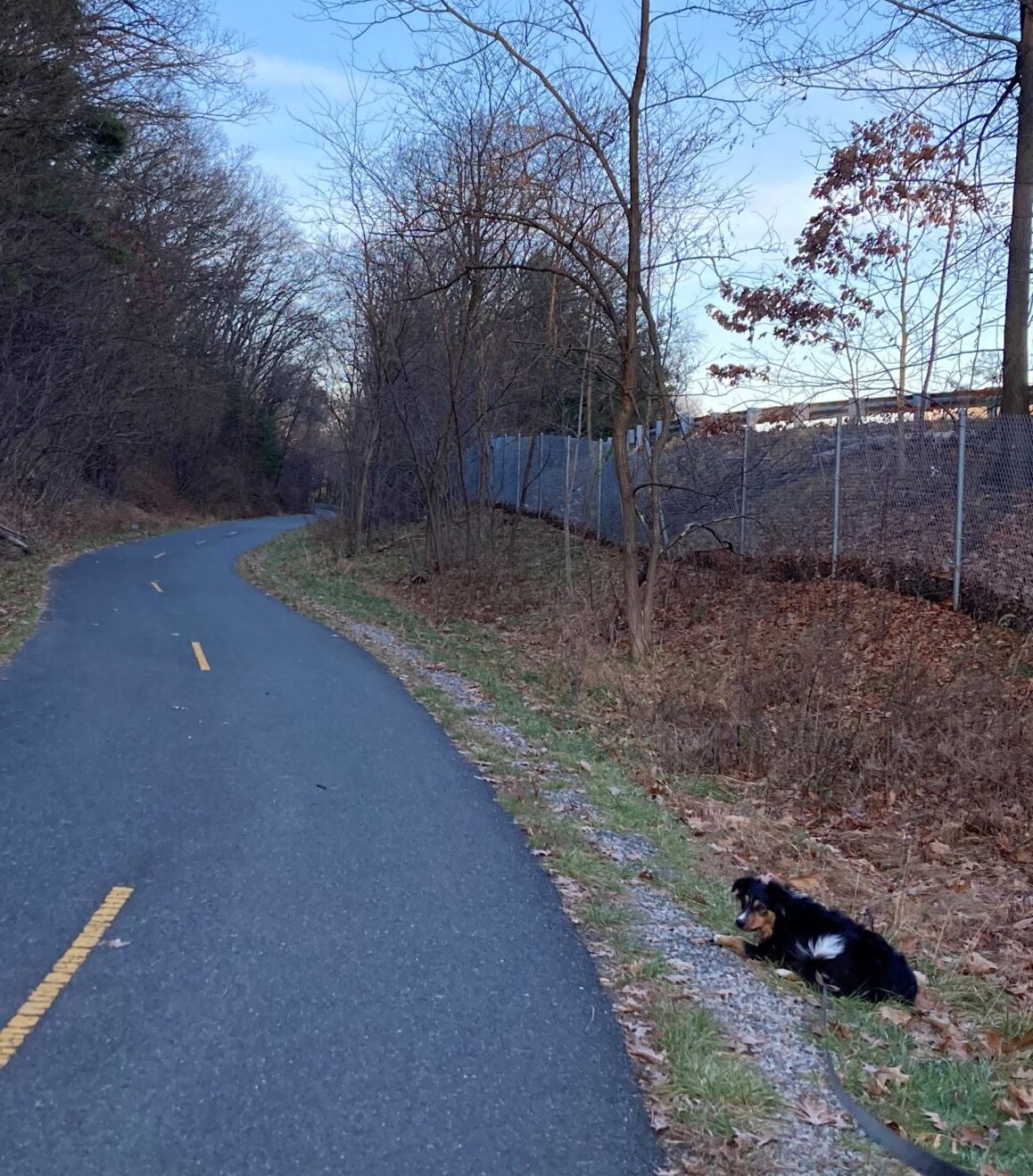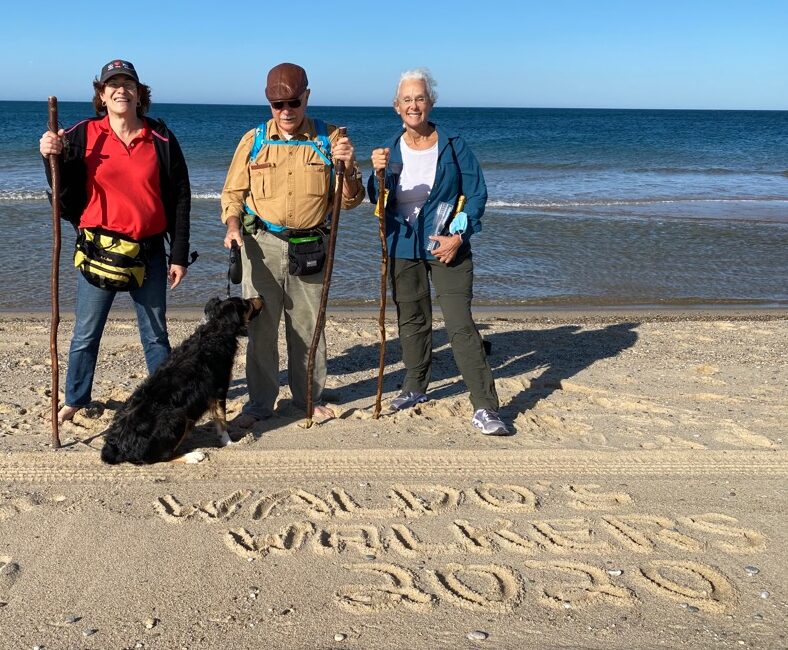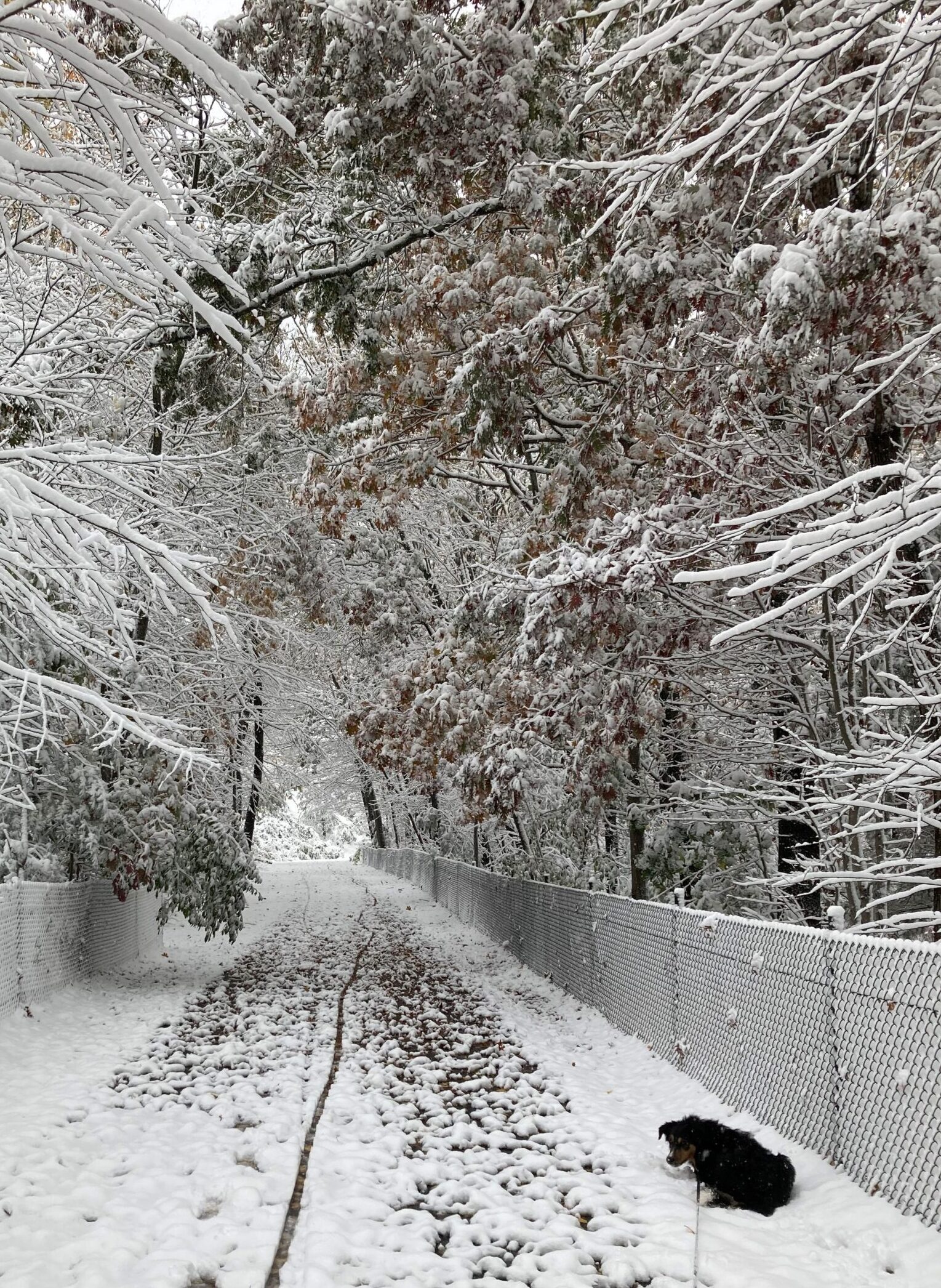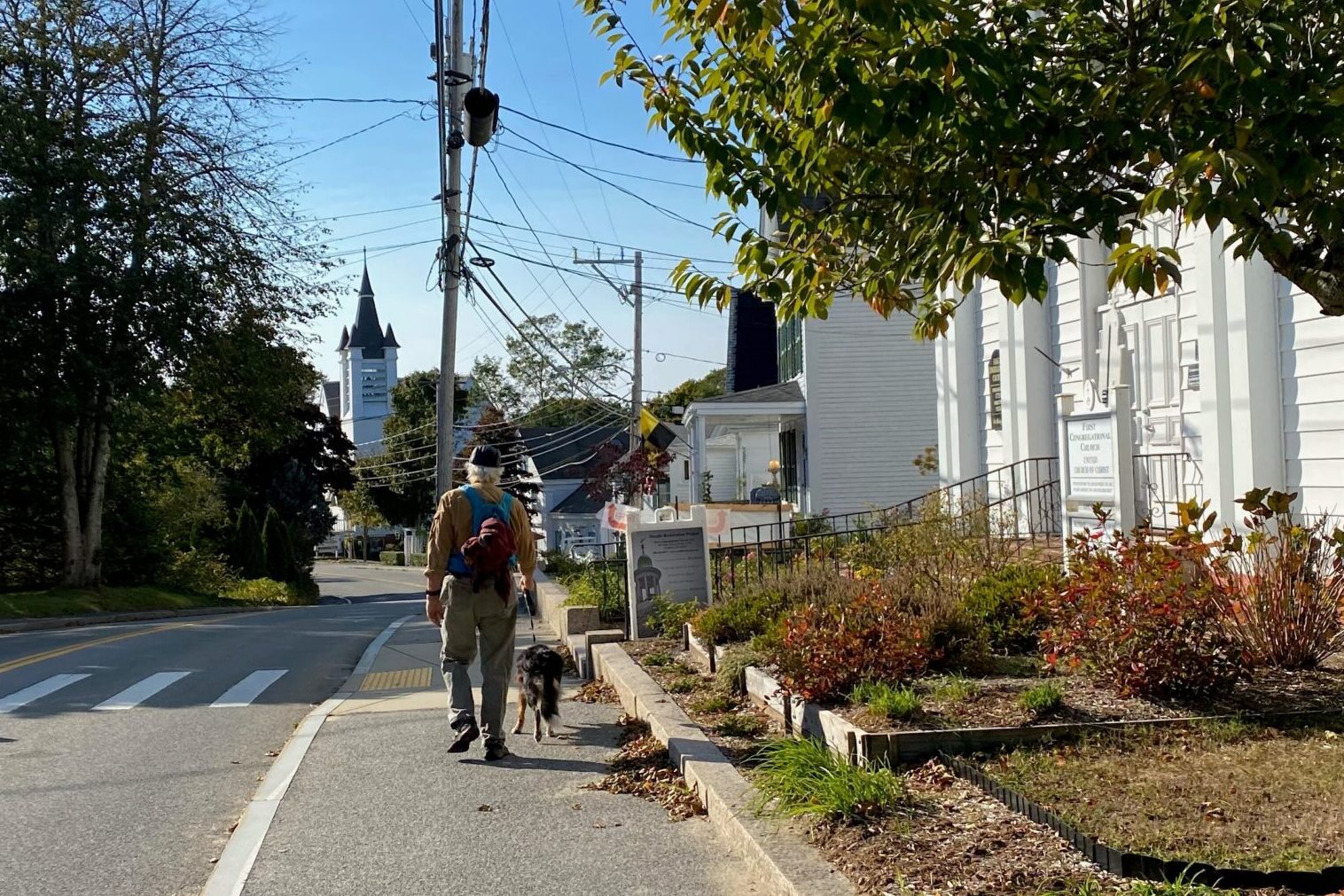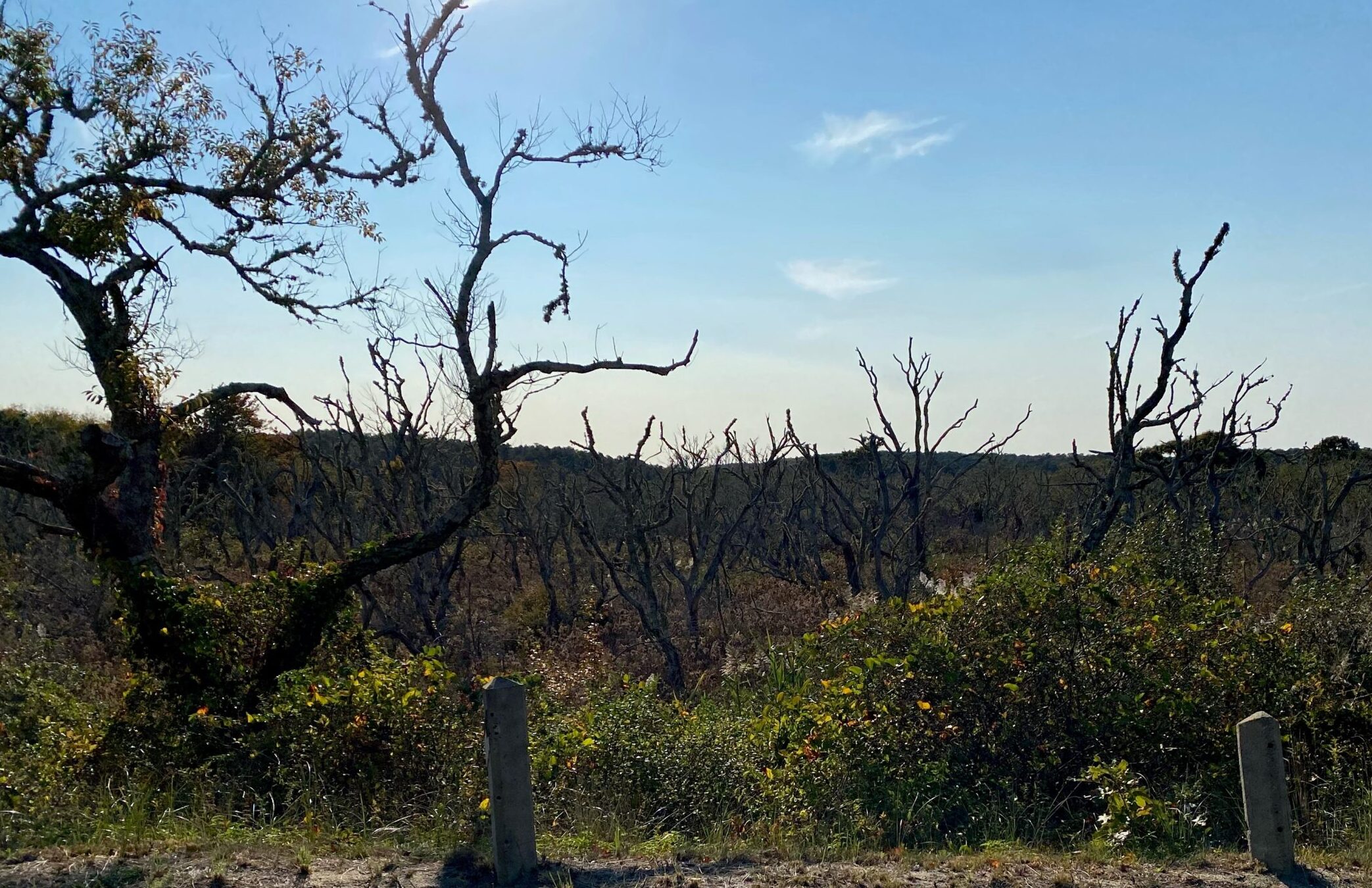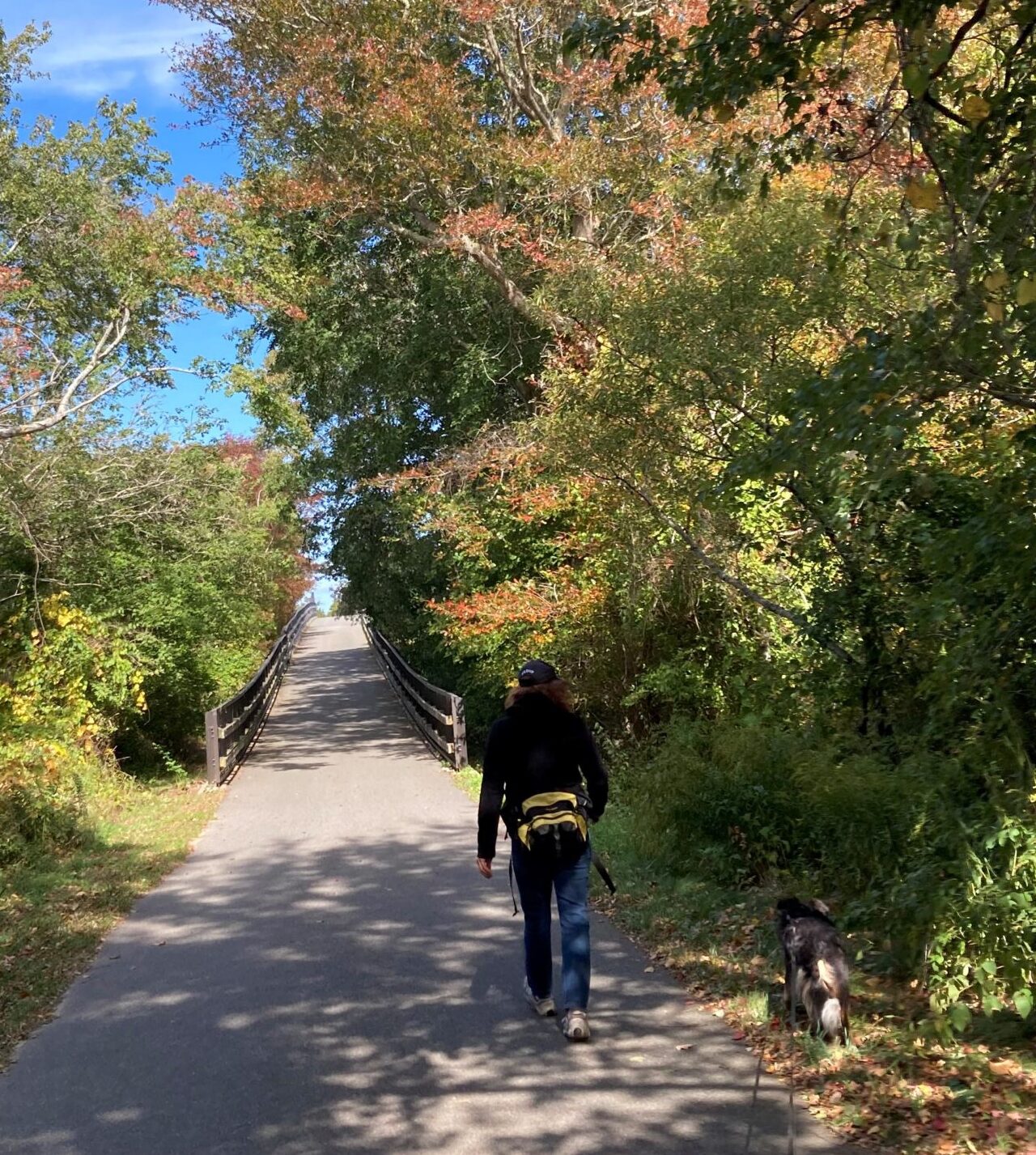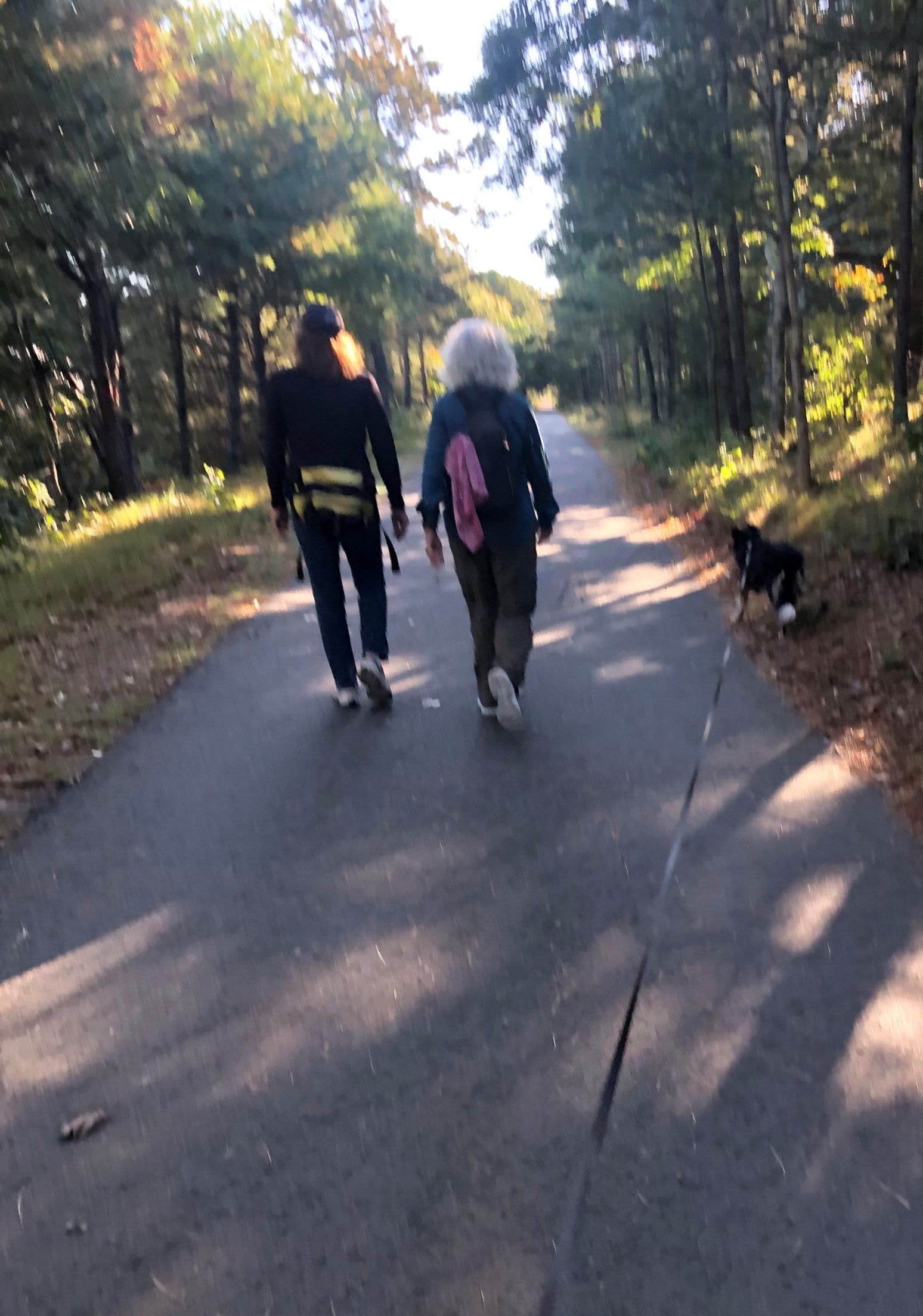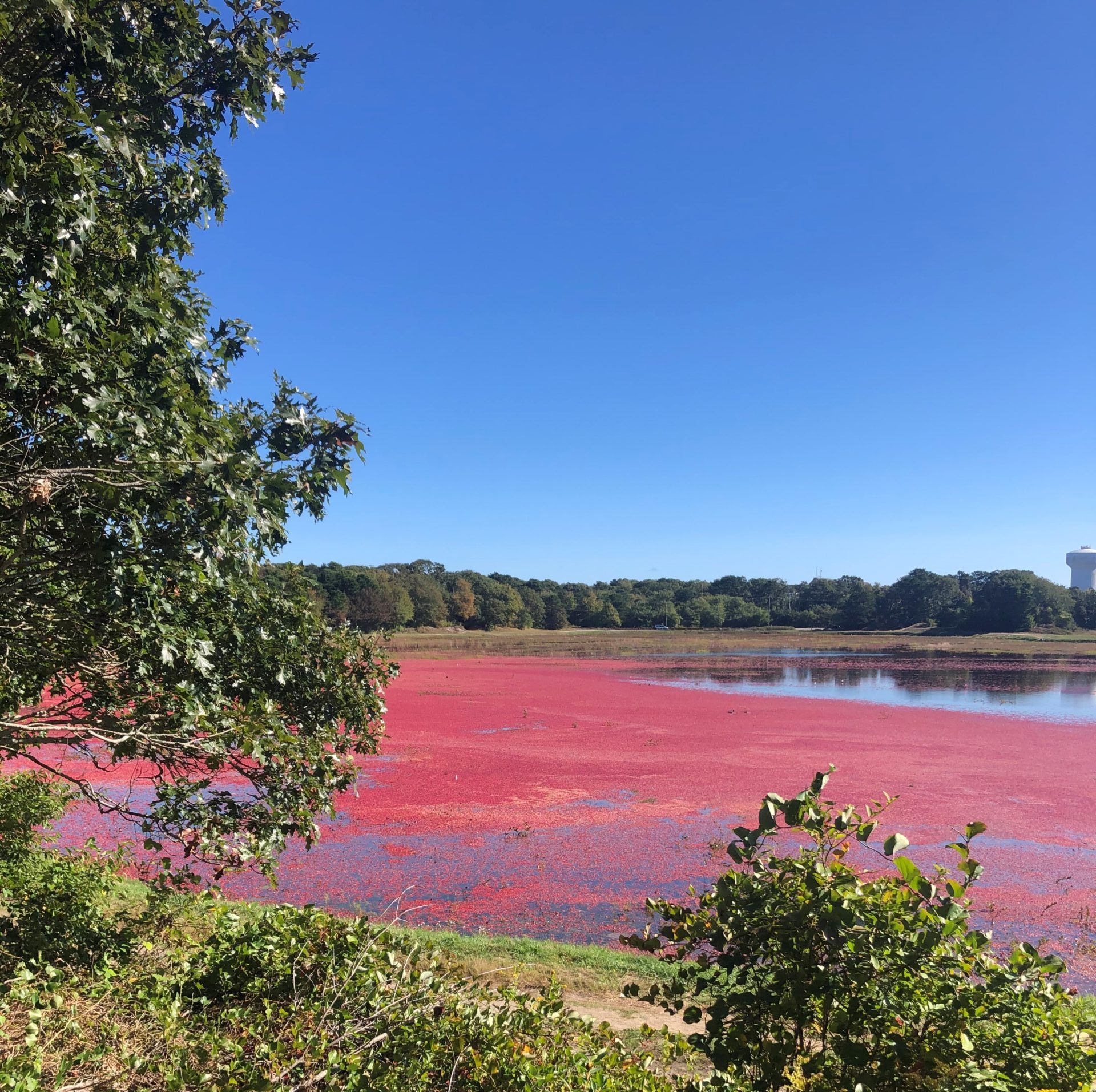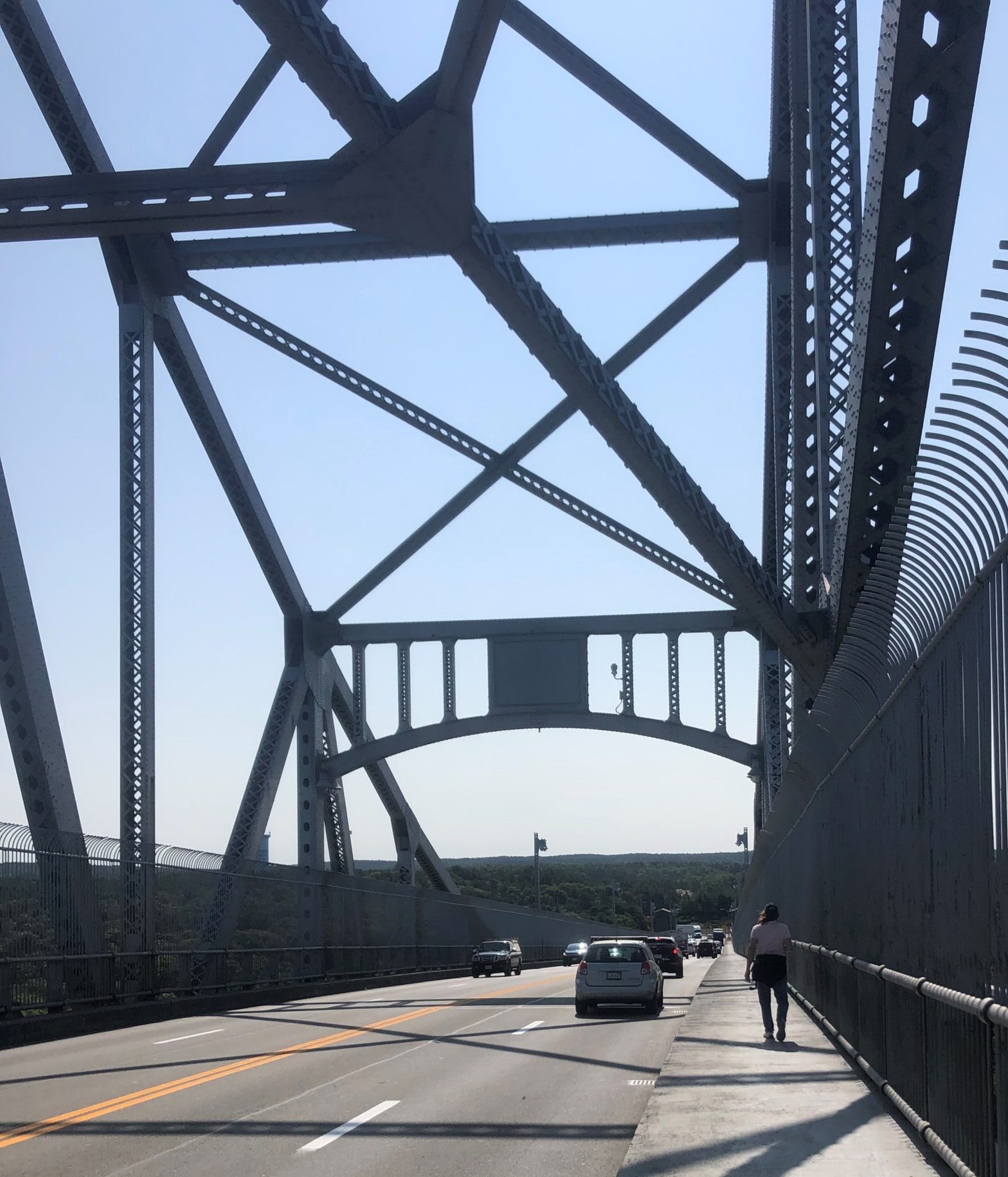Walking is the best possible exercise. Habituate yourself to walk very far.
-Thomas Jefferson
Phyllis, Christine, Waldo and I get together once or twice a week to walk somewhere between 10 and 14 miles. The idea is to keep our endurance up until we can decide on our next project. In the past, Phyllis walked 22 miles along the Boston Marathon route and then stopped only because her companions wouldn’t go any farther. Christine, Waldo and I have done about 15.5 miles, while we were on our way to Provincetown, and were not interested in trying to see if we could make it 16. Phyllis walks and bikes daily, Waldo and I do six miles a day, and Christine gets plenty of daily exercise taking care of her rescue cows, horses, dogs, cats, and birds. But still, we’d like to stay in good enough shape so we can walk long distances comfortably. There are a lot of rail-trails in the area that suit our needs, and even more hiking paths, so there is no want for places to stroll. Today, we are going on the Bruce Freeman Rail Trail which runs from Acton up to Lowell, some 11.7 miles. It gets its name from a state legislator who championed the establishment of the trail in the mid-1980s.
The day is warm, in the mid-fifties, and I am quite comfortable in my hoodie. There is a parking lot at the trailhead in Acton, where we leave one car, and it has a surprising number of cars in it. At the end, in Lowell, we leave another car in a parking lot that is also almost full. We pass many people on the trail, presumably belonging to those cars, who, seemingly, are trying to go on a few more good walks before the bad weather sets in. These include walkers, with and without dogs, and bikers. Most are wearing masks; all are pleasant and friendly.
Each rail-trail we’ve walked on has its own character. This one is paved, flat and wide, as well as popular. It runs north from Acton and, after only a few minor turns, it passes through swampy areas, alongside a few lakes and ponds, and next to some residential developments. Most of it is in the country, but as it gets close to Lowell, it does pass through some urban areas. In fact, it runs right next to the center of downtown Chelmsford. One of the things that these trails provide is a long path, in or near urban areas, surrounded by wilderness that you can’t see from roads and sidewalks. I love the fact that I can go a mile from my house, turn right, and end up in a forest that I can saunter into for miles. Waldo likes that too.
Dogs naturally like to walk. When they do, they get exposed to a wonderous quantity of odors, a few things to chase, on occasion, and a way to burn off their pent-up physical energy. They need to exercise their minds too, through play or training, but walking is a great way for them to get physical exercise. Many dogs are limited as to how far they can comfortably go, but Waldo, well, if he has a limit, I haven’t found it yet. Once we return home, he seems quite satisfied with what we do, though.
Me, I’m 71 years old, going on 72. There’s a lot that implies, but one thing is for sure. I can’t do what I was able to do at 20 and it now takes me longer to get into whatever shape I can achieve. It also means I lose endurance much faster than when I was younger. I therefore have to keep walking, every day. From the time our ancestors became bipedal, walking has been a natural way to exercise. I can feel my entire physical being strengthen and my endurance improve when I walk regularly. Because of his relatively big brain, man has created environments to live in where walking is not only not required, it’s inhibited. This may mean that we have more time to create art, engineer labor-saving machines and learn some of the secrets of the universe, but we’ve also lost the benefits of walking. Now that I’m retired, I have the time to walk regularly and far. I just have to make sure I don’t rest too much between jaunts. The rail-trails have proven to be excellent for this, and Waldo, Christine and Phyllis have proven to be great companions.
But, although I feel this pressure to keep walking, that’s not the core reason why I do it.
I just like to walk with Waldo, and my friends, and do it out in nature.


